20 years ago, the internet was a pre-teen and when you needed information, instructions or advice you had to go find a source hoping the info was correct. Now the age of the internet is here and information with photos and videos are at your fingertips. With this new era came a boom of those who wanted to build or remodel for themselves. One skill of which I noticed that does have instruction out there but still intimidates many is wood finishing. I am going to be going over the aspects of wood finishing in a simple way through a multi-part series of posts designed to inspire. This first part we will go over planning and prep to get you started.
What’s The Plan?
Every good project more than likely started on a paper. You can be as detailed as you like with your plan but simply having a list is a great start. Having a basic drawing is even better because you can easily lay out the process in a visual way. So now that you have your idea ready it will be easier to pick out your building materials. This step is important because it will determine what you need and how much it will take to do it in terms of finish materials. Raw rough wood is cheap but takes prep and sealers, sometimes fillers and may be heavy. Manufactured wood products can be cheap as well but still may require surface prep and can end up being heavy without the durability of real wood.
So now that you have your wood type it’s time to assemble a list of finishing supplies. We aren’t going to dive too deep until later in this series of blogs, but we’ll go over what you need to keep in mind. Let’s start our wood prep, how fresh is your material? Really fresh wood needs to dry out slowly over time and not be re-wet after the drying process begins. Also over drying the wood causes cracking as well as warping.
Once your material is dry, you want to inspect for defects you may want to fill or cover. Knot holes and defects should be addressed before you start sanding to avoid repeating steps. Does the wood have sap or resin? Those areas need to be sealed off or it can bleed through the finish, especially on white tones. If it’s an open grain species of wood you may want a grain filler to create a level surface, or if its tinted it can create a beautiful effect (more info in next article). When working with manufactured wood you may still need fillers to close pockets or smooth out uneven areas. Once that is all addressed then we can think about sanding.
With sanding you’re going to need at least 2 to 3 different grades of sandpaper to do an average finish job. Most of the time 80 and 180 grit will get you to the level of polish you need without affecting the wood’s ability to accept stain and finish. When wood is too smooth the stain may not absorb properly and cause discoloration, or when the finish is applied there won’t be anything for it to grab on too. After sanding would be the time to add your stain/color.
What’s the look?
Now it's time for some color! Always test out stains and “paints” on a sample of what you’re working on. Nothing is worse than having to redo an entire piece after it’s been finished. If you’re doing a stained finish, then following the stain you would apply a sanding sealer if your topcoat is not self-sealing. If you’re doing a painted finish, then the sanding sealer will go first. You don’t want the paint to be absorbed into the wood making it inconsistent. Make sure to give your stain the manufacturer's recommended dry time before sealing and wipe off any excess.
Sanded, stained, sealed or sanded, sealed and painted you’re now at the topcoat portion. In this step you have two things to decide, your sheen and level of durability. Sheen is the easy part since its just how polished of a look you want, durability characteristics on the other hand can become overwhelming to choose and use. To keep your head from spinning I will only go over two types of finishes, pre-catalyzed and post-catalyzed.
Finish already?
A pre-catalyzed finish requires no mixing and lasts generally 6-10 months, post catalyzed can range depending on brand from 1 hour to 6 months after adding catalyst (and 1 year un-catalyzed). These two can be referred to as pre-cat and post-cat. Pre-cat generally is a good finish for items that doesn’t receive high traffic or wear, it's easy to use since there’s no mixing required and dries quickly. Post-cat tends to be more durable and more commonly found with non-yellowing options. If you still are unsure what finish to use, that will be the focus of the next blog posting.
If you remain undaunted, we can talk about application of the finish at this point. Small projects won’t usually need anything more than an aerosol can. Oversimplified as it may sound, an aerosol finish can be great if it is applied properly.
Majority of Finishes can be brushed or wiped on, but some must be either applied by hand only or sprayed only.
Keeping these things in mind can save you money and headaches when looking for a finish. Spray application does not have to be scary anymore due to strides in technology. Now getting the equipment to do a project around the home doesn’t have to break the bank. Finding the balance between all your options, budget and circumstances will set you up for a fantastic result.
Let’s do this!... but where?
The time has come to put you plant to action. So where are you going to work? Factors to keep in mind are dust (from sanding AND when you go to finish), temperature and humidity. Sanding no matter how little can get messy very quickly and end up getting into the finish later if you stay in the same area to apply the sealer and topcoat. Temperature will not only affect dry time but if it gets too cold the product may not even apply properly. Regarding the humidity, it may not be something you think about often but if it gets too high you may end up dealing with blushing (finish turning milky). Yes, again you guessed we can go into that in the next blog.
Not only should you think about how healthy your finish is but your own health as well. Make sure the area you work in is well ventilated, as most finishes will have fumes that when concentrated can be very potent. An area with a slight consistent draft but no strong breezes is the goal, this will also assist the dry time.
Trust me, it is not easy trying to keep this as simple as possible while still actually being informative. I am going to be diving into finishes next, then the material you’ll be finishing before getting more specific into the world of finishing. Keep your eye out for the next posting!



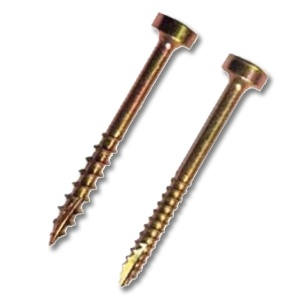
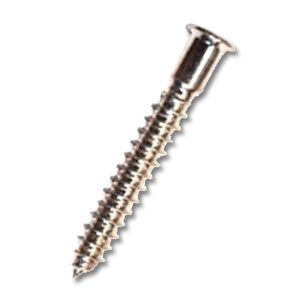
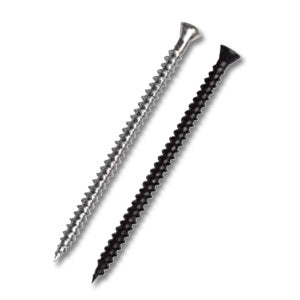
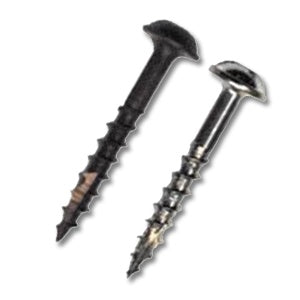
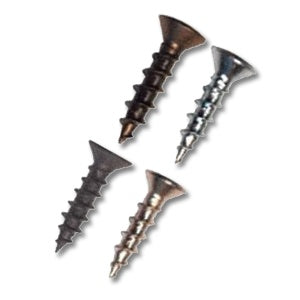
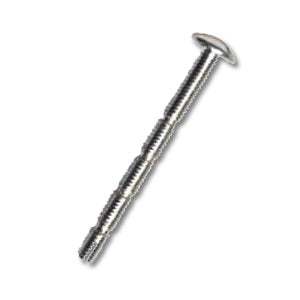









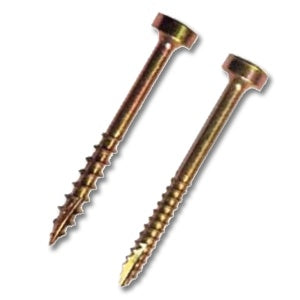
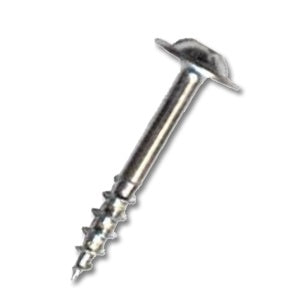
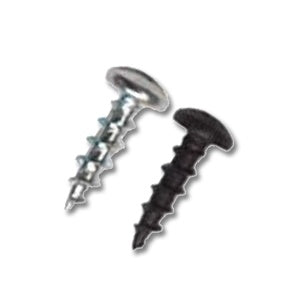
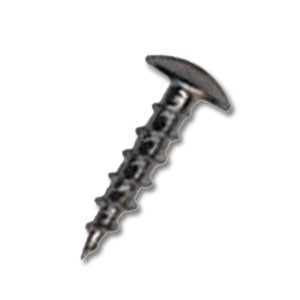
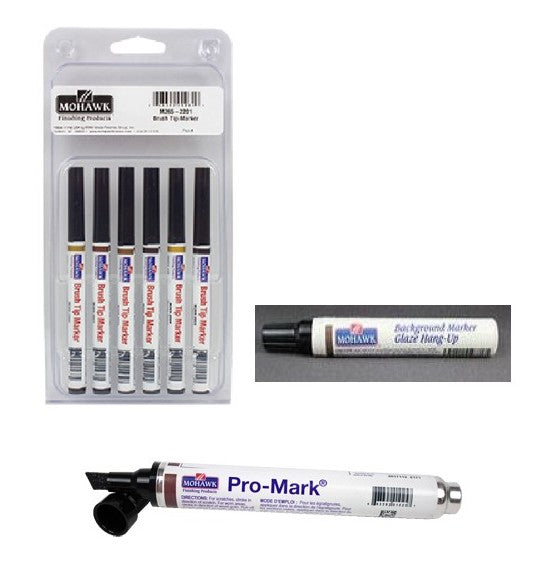
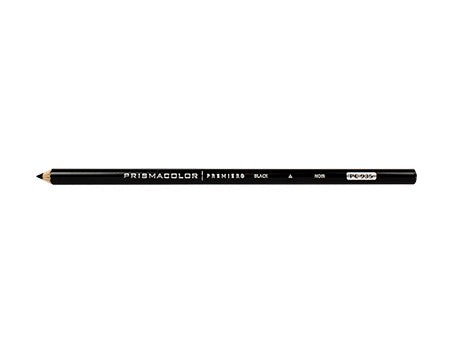
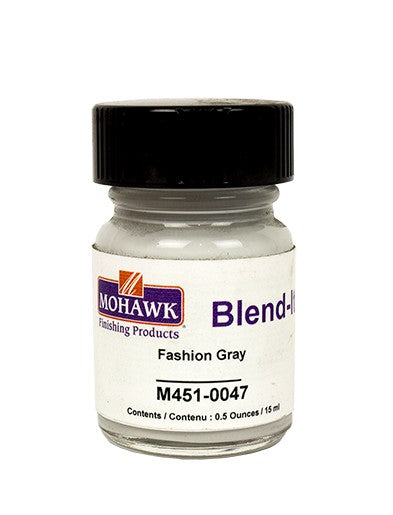
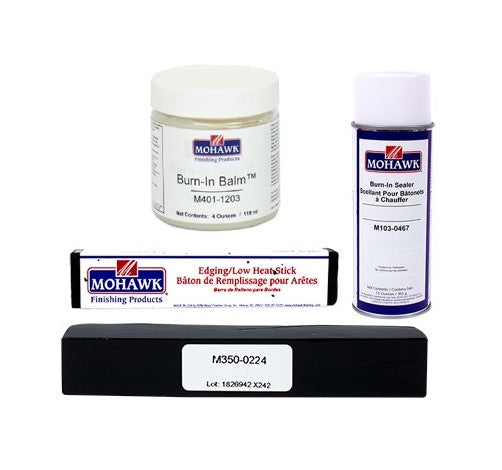
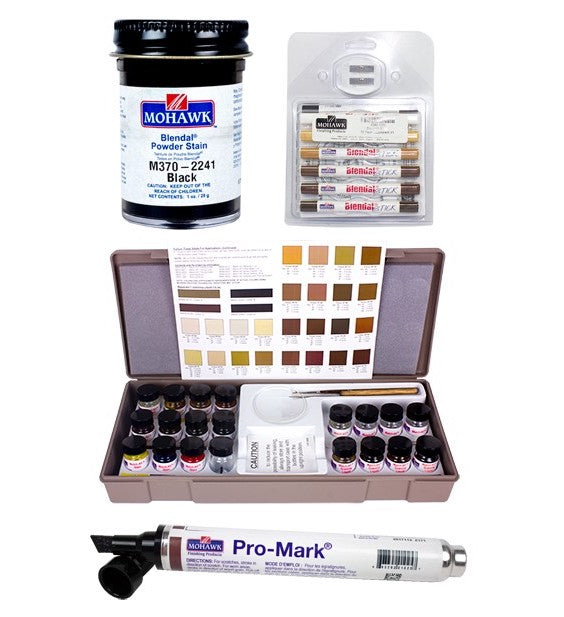
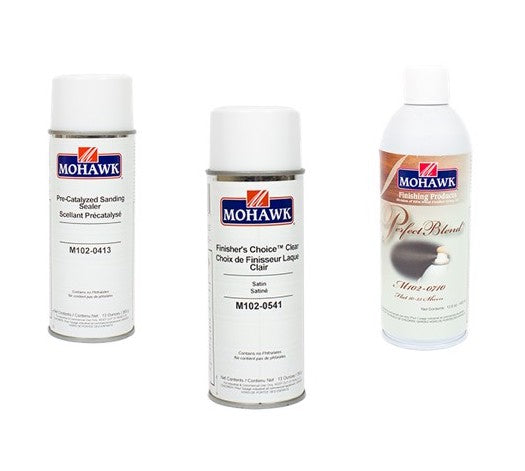
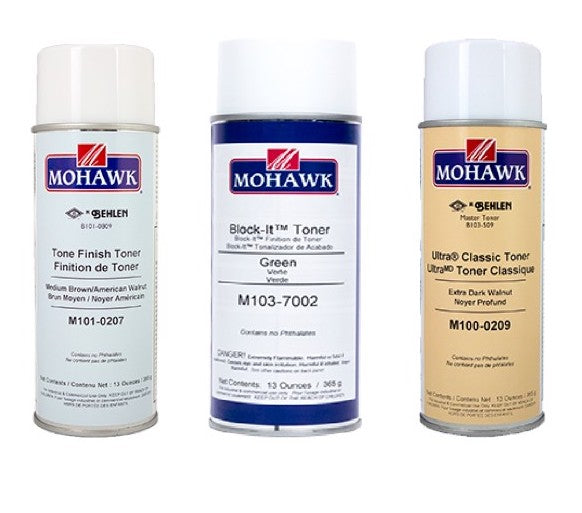
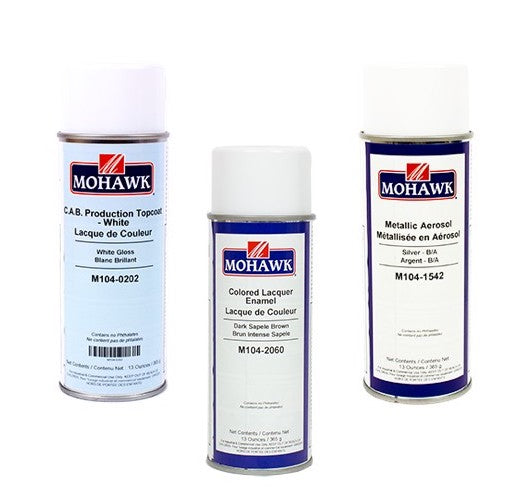
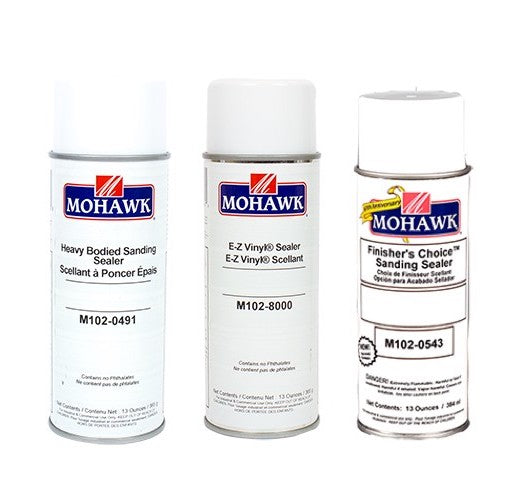
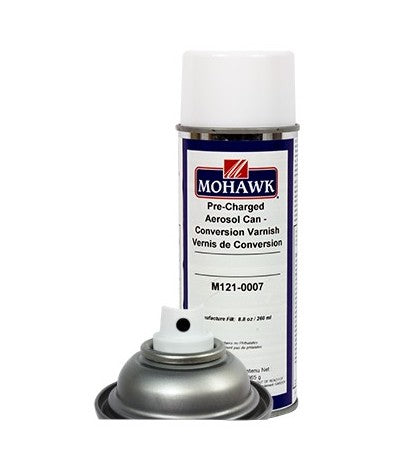





Comment